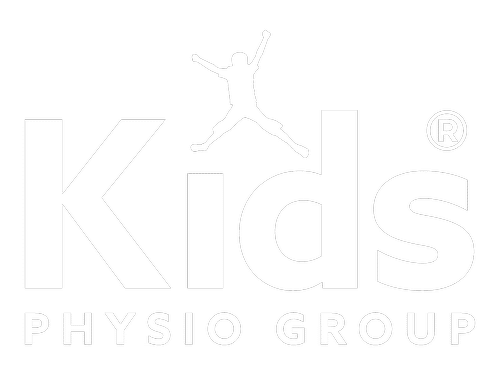Maladie de Perthes (ou Legg-Calve-Perthes)

La maladie de Legg-Calvé-Perthes (LCPD) est une maladie de la hanche infantile sans cause connue. La LCPD se caractérise par une réduction du flux sanguin vers une partie supérieure en croissance de l'os de la cuisse (tête fémorale), ce qui peut entraîner des dommages à la tête fémorale qui constitue une partie de l'articulation de la hanche.
Signes et symptômes
Legg-Calvé-Perthes Disease can affect a large age range of children, however, it most commonly affects boys aged 5-8. The male-to-female ratio is 5:1, putting boys at a significantly increased risk of developing this condition.
Les signes et symptômes comprennent:
- Une démarche boiteuse qui commence sans raison apparente
- Croissance osseuse retardée et apparence plus jeune que leurs camarades de classe
- Diminution de l'amplitude de mouvement au niveau de la hanche
- Légère douleur ou raideur à la hanche, à l'aine, à la cuisse ou au genou
Critères de diagnostic
A diagnosis of exclusion is used to diagnose individuals with Legg-Calvé-Perthes Disease — this means that a doctor will rule out other possible causes for the child’s presentation before diagnosing them with LCPD.
These are some common tests to rule in Legg-Calvé-Perthes Disease.
- Physical examination: on physical examination, your doctor will assess the child’s range of motion in the hip, as the condition limits the child’s leg to move away from the body (abduction) and rotate the leg towards the inside of the body (internal rotation).
- X-ray of the hip and pelvis: an x-ray is required to confirm the diagnosis of LCPD, as these scans can show the condition of the bone being affected in the upper thigh.
Comment la physiothérapie peut aider
Your child’s healthcare team, including their physiotherapist, may use various treatment strategies depending on the age of your child, the degree of damage to the upper thigh bone, and the stage of the disease at the time of diagnosis. The goal of treatment for Legg-Calvé-Perthes Disease is to relieve symptoms, protect the integrity of the upper thigh bone, and restore the range of motion in the hip. This can be achieved by different treatments, and the appropriate treatment is determined by the presentation of the child at the time of diagnosis. Treatments include:
Traitement conservateur : This includes bracing to contain the upper thigh bone and secure the hip socket to allow for healing and repair of the bone. It also includes activity modification and physiotherapy to strengthen the hip muscles and improve the joint’s range of motion.
Surgical treatment: If conservative management is not successful or your healthcare team believes a surgical approach is best suited for your child, a femoral osteotomy may be chosen. This procedure restores the alignment of the top of the thigh bone into the hip joint socket, which is secured with hardware.
RÉSERVEZ VOTRE ÉVALUATION INITIALE AUJOURD'HUI
Procédez à l'étape suivante et faites de la santé de votre enfant une priorité !
